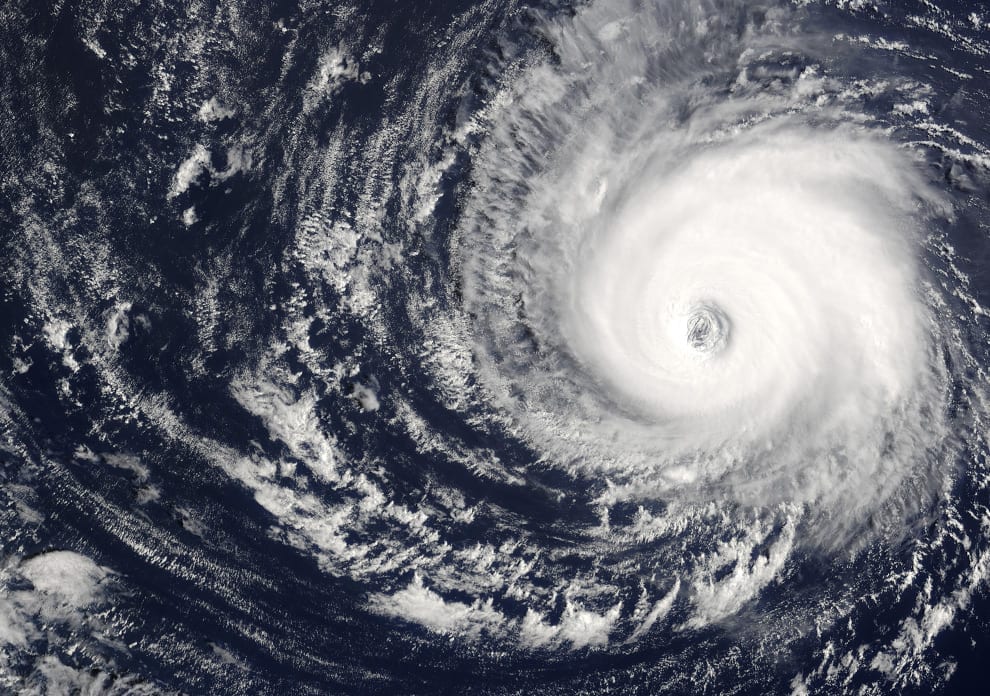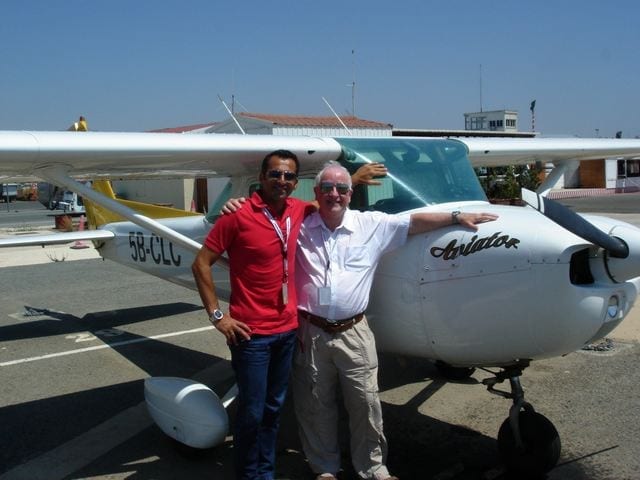I got out of bed early at 5:00 AM like every other day of the week, except Sunday, and I made my way across the big yard of the compound to the kitchen, smiling to myself as I observed the flock of Ginny chickens on my left chattering about who was going to start the dozen or so abreast breakfast bug patrol they enjoyed each morning, marching the length of the grass runway. Barefoot in short pants, I stepped around some of the puddles and then splashed straight through the rest, as we had a pretty long rain shower during the night.
“Buenos dias” was exchanged with the cook and I made my way straight to the ready coffee pot. Here in the jungle of El Peten, Guatamala, living along the border river Rio De La Passion that separates us from Mexico’s Chiapas state as a newbie pilot wasn’t easy, you know, but today was a special day. I was using all my training, life experience and small amount of flying knowledge to safely transport the boss’s daughter, her husband, and son to Guatemala City International with the mission-owned Cessna TU206F airplane – STOL fences, belly pod, and all.
With the required coffee in hand, I enjoyed the continuing sunrise and embarked on my customary runway observation walk. As already stated, we had rain in the night and I wanted to see what the areas where the water drained from high side to low side of the grass strip looked and felt like. This part of the earth is very flat, the mission organization operates on faith and a shoestring budget, and the runway was marginal. I wanted and needed every advantage.
This would mean on the takeoff roll, with prior knowledge gained in my barefoot runway walk, I would tug back on the yoke at the optimal time, making my nosewheel light enough as to not impede forward momentum or bury it in the mud, then relax yoke pressure so I didn’t start a premature takeoff all the while wallowing from side to side, mud and water flying higher than the tail of the growling aircraft.
Returning back to the “apron” while making special note that the old fence post I use as go-no go position marker still was in existence, I did a thorough preflight – knowing that I might be IFR and quite high in an unpressurized airplane till we completed the one-hour flight. This flight was sure a good way to utilize aviation because there were no roads to the mission-clinic compound; everything there came by slow river boat. In fact, I had made the trip on several occasions prior using car, bus and boat, in all two days and part of the third were needed if you couldn’t fly to that remote location.
I was loaded with my precious passengers, sitting at the end of the grass, holding the brakes as I brought the power up, airplane shaking and rattling in the classic way of the short field takeoff procedure. The Cessna 206 lurched ahead on brake release and we bounced our way forward. Out of the corner of my eye I saw the fence post marker pass and in one motion, airspeed verified acceptable, a timely bounce, yoke back pressure, with a stall horn warning chirp we were in the air, flying. Barely! I pushed the nose over and momentarily stayed in ground effect, picking up airspeed all the while eyeing the fast approaching tree line perpendicular to the runway.
Just as I reached to retract takeoff flaps and out climb the trees, my front seat passenger grabbed the yoke and pulled aft! The stall horn screamed. With my right elbow I instantly and violently knocked the “near death hand” off the yoke of the eager wannabe pilot in the right seat. I reverted to a zone in my mind placed unknowingly, by me, somehow there by great instructors I had trained under. I stayed focused working to carefully clean up the airplane and start the long, slow climb. After finally establishing scratchy radio contact with Guatemala radio, I turned and with steely eyes said to my right seat passenger, “Don’t EVER do that again!”
After that day, forceful and careful instruction to not touch anything was always given in two languages during the passenger briefing to my fine front seat passengers.
- If you want to be a pilot, you better believe! - April 23, 2018
- Don’t EVER do that again - January 4, 2018













I found this fascinating. May God bless you Mr. King. How incredibly kind it is to volunteer as a bush pilot in the jungle of Guatemala. I am a commercial pilot from Guatemala and I do know and understand hoe dangerous terrain, weather and passengers could be. Cheers.
Thank you for sharing.
I had a similar situation with a kid who wanted to see over the panel so he grabbed the first thing in front of him (the yoke) and pulled it really hard… that was NOT FUN.
When flying newbies or children in the right seat I instruct them to hold the seatbelt with BOTH hands, and if they get scared, just squeeze really hard…
I think i would have chopped them straight in the throat. What a time to have a stall! Was this an adult doing it? Luckily you made it!
That sounds a whole lot like N7144Q at La Anchura. If not, it’s got to be pretty close to that. Am I right?